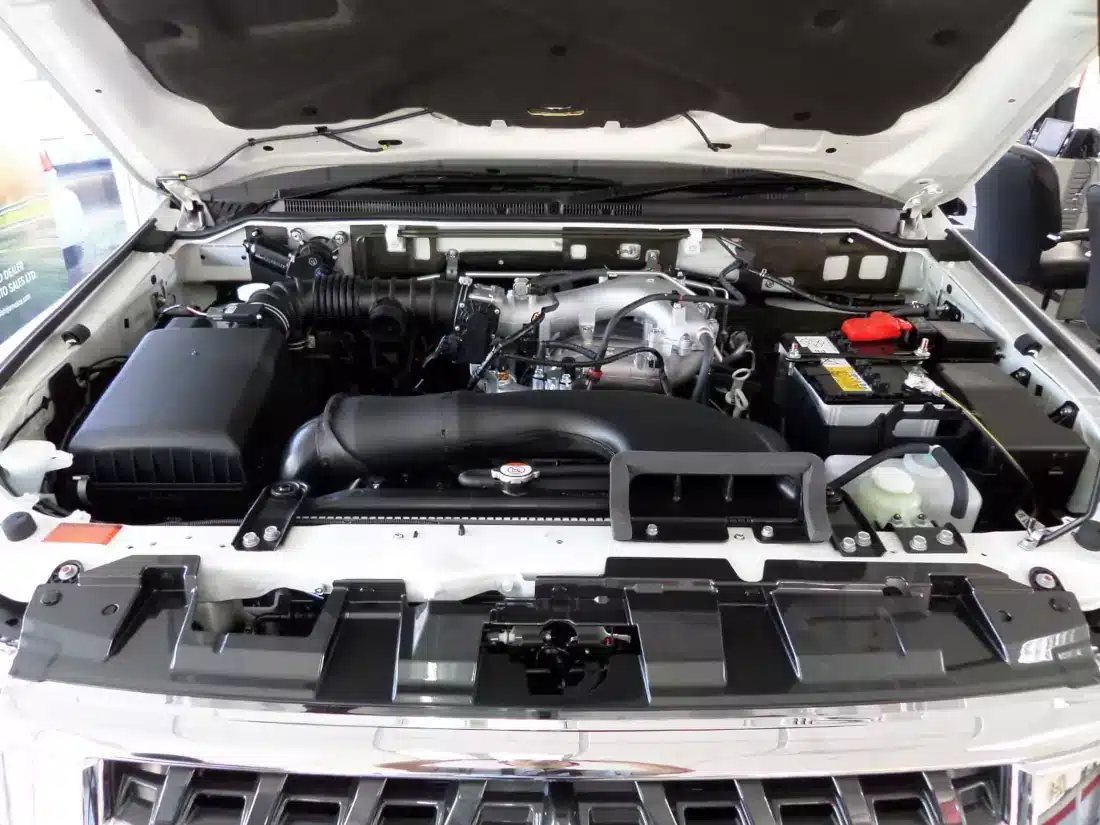This article covers standard lead-acid car batteries only. It doesn’t cover any of the lithium-ion or other substitutes. It applies to both Sealed Lead-Acid (often referred to as ‘maintenance free’ or SLA) and flooded batteries and covers how to check your car battery’s state-of-charge (SOC/how much it is charged). It does not cover health checks or the diagnosis of faulty batteries.
Lead-acid batteries are among the most straightforward to check, as their voltage is indicative of their state-of-charge. A good start is to learn about the acceptable voltage ranges and three key states that lead-acid car batteries are in. Also, the voltage range while charging vs the voltage range when the engine is off:
Resting
After shutting the engine off and removing the key, your car battery’s voltage should fall slowly for a couple of hours until it settles down between 11.8 and 12.8 volts. 12.75 volts is considered fully charged. Check your battery with a multimeter or voltmeter after at least 2 hours of inactivity. Do not attempt to check amperage by connecting an ammeter or multimeter to the battery, this is effectively a short circuit! If it is over 12.7 volts, it is mostly charged, and that can be considered a good sign overall.
If you see the battery down in the lower 12-Volt range (12.1 Volts, for example), then you need to recharge it as soon as possible. Self discharge can cause the battery’s state-of-charge (SOC) to fall undesirably quickly until it crosses the 11.8-Volt mark. If a battery falls too far below the 11.8-Volt mark, that could damage it and you may have to replace it (even if you jump-start the car or hook it up to a charger).
A voltage of 11.8-Volts means that the battery has been fully discharged and will most likely fail to start the car. if this happens, jump-start the car as soon as you can or ideally hook it up to a good battery charger (a properly regulated one that will stop when it is fully charged) for 10 hours. Lead-acid batteries unfortunately take 10 hours to recharge (if charging from 0-100%) due to their high internal resistance.
Charging
Charging causes the battery voltage to rise, and it may hover in the 13.6 to 14.8-Volt range while recharging (if it’s over 15 Volts, that’s a reason for concern). This is why you may see the voltage suddenly spike from the 12.x to 13 or 14-Volt range when you start the engine. Lead-acid batteries pull down the charger’s voltage, but this is unfortunately not straightforward because the extent to which it is pulled down is determined by the charger’s capacity.
What this means is that your battery might start off well under the 13 volts I mentioned while charging. This is more likely to occur if the alternator is not supplying it with enough current, or if the state-of-charge is low. If you find that the voltage is 10 Volts even while charging, one of the battery’s internal cells may have malfunctioned (each cell is 2 Volts, and there are 6 cells in a 12-Volt lead-acid battery).
Discharging
When a load (anything that consumes power) is drawing current from a lead-acid battery, that will pull its voltage down (this is called a voltage drop) from the resting voltages mentioned above. The voltage should rebound (to some extent) after the load is disconnected. The larger the load on the battery is (the more current it draws relative to the battery’s Ah capacity), the greater the voltage drop will be. This is why I recommend shutting off the car completely and removing the key for at least 2 hours before checking battery voltage.
Ah = Amp-hours. This is a rating of a battery’s energy storage capacity.
A Note About Lead-acid Battery Sulfation
Sulfation is the accumulation of lead sulfate crystals on the plates of your lead-acid battery. Sulfation can be reversible or permanent. Permanent sulfation may cause your battery to malfunction (requiring replacement), and this type of sulfation will occur if the battery is left at a low state-of-charge for extended time periods. That’s why I recommended recharging lead-acid batteries as soon as possible in the sections above.








